EN

© Rui Meireles
In Porto, there is a flower that is queen in winter. While most trees drop their leaves and the flowers are more hidden, the camellia appears in vibrant colours, as if anticipating spring. ‘The camellia blooms at a time when the rest of the vegetation is sadder. Many trees are bare, without their leaves, and the camellia comes to embellish the city's gardens,’ says Alcide Gonçalves, a landscape architect and connoisseur of this natural heritage who often leads guided tours of Porto's historic gardens to reveal the stories that flourish between the petals and roots of these trees.
Porto, the city of camellias
Today, countless species with different characteristics can be seen all over the city. ‘We have this heritage of camellias due, perhaps, to the collectors who fell in love with this flower, and this continues to be a worldwide movement.’ Since the 19th century, when the first specimens began to be cultivated in some of Porto's gardens, the city has been fascinated by this species from the East, giving Porto the title of ‘city of camellias’.
As part of her professional activity as a landscape architect, Alcide defines it well: ‘In addition to its beauty, the camellia is a plant that adapts perfectly to spaces; I often say that it is competent, because it fulfils its function well.
What's more, it flowers at a different time to other plants. It's nature that builds all this, and that fascinates me.’
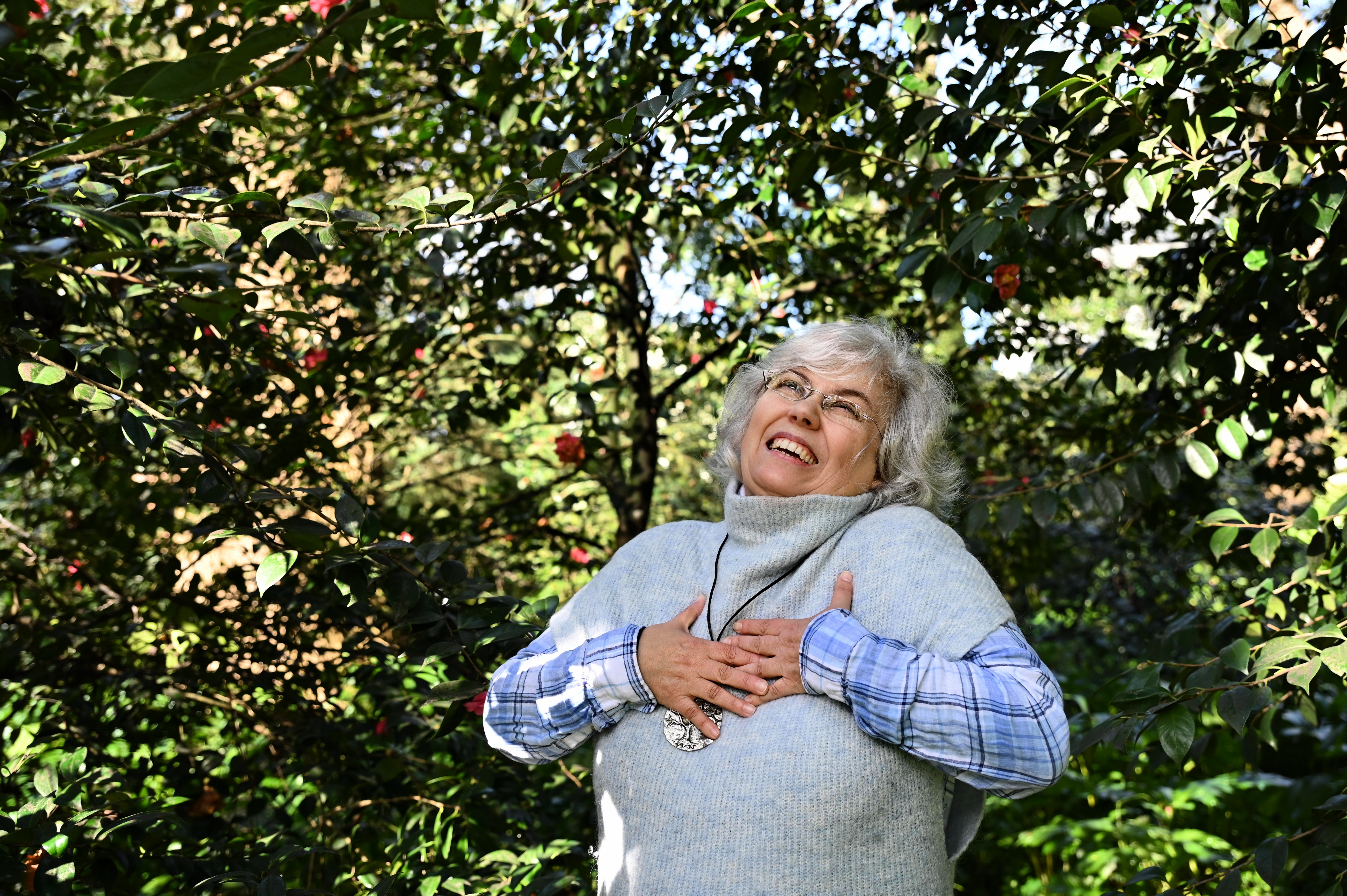
Alcide Gonçalves © Rui Meireles
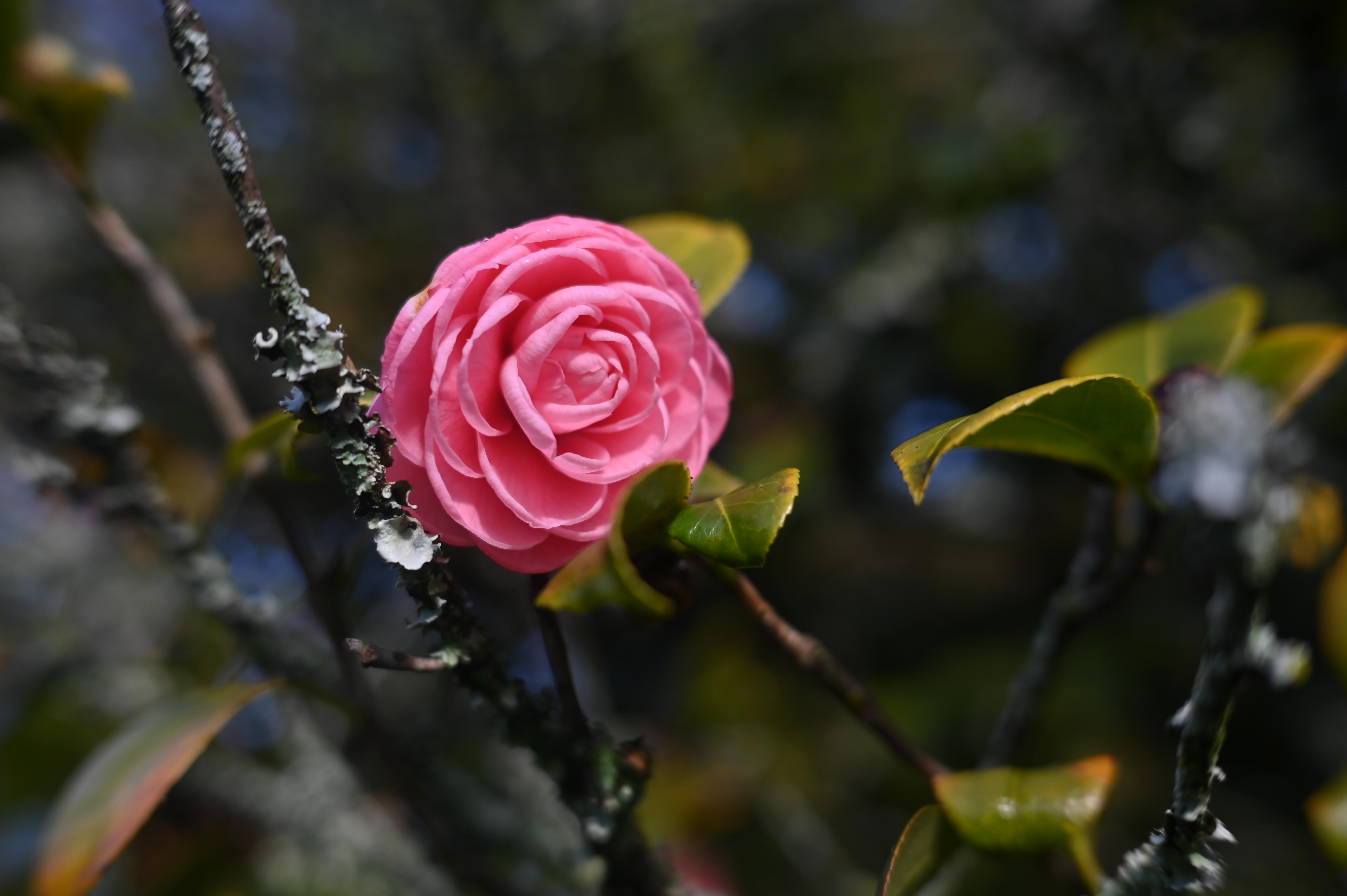
© Rui Meireles
The Crystal Palace Gardens, the St Lazarus Garden, the Botanical Gardens and Casa Tait, among others, are home to a living collection that continues to surprise. ‘Casa Tait has an impressive collection, with over 60 varieties, and there is one species that stands out: the Princess Royal, the favourite camellia of Muriel Tait, the last member of the Tait family to live in the house.’
Porto's relationship with camellias is not just a matter of landscape. The flower is part of people's collective memory, being present in old and secluded gardens. ‘People come up to me and say: ‘My grandmother had this camellia in her garden! It's a flower that carries memories and connects generations.’
29th Exhibition of Camellias in Porto
March is the month of camellias. The first weekend of the month is dedicated to the queen of winter flowers, in an exhibition that takes place in Parque de São Roque and brings together collectors, producers and the curious in a celebration that goes beyond botany. ‘It's a meeting that crosses continents! Some people travel thousands of kilometres just to see these flowers,’ says Alcide. Part of the camellia's charm lies in its diversity. ‘We often find camellias with tinted petals, as if nature were playing with colours.’
The event's programme includes workshops for the whole family. The full programme can be found at agoraporto.pt.
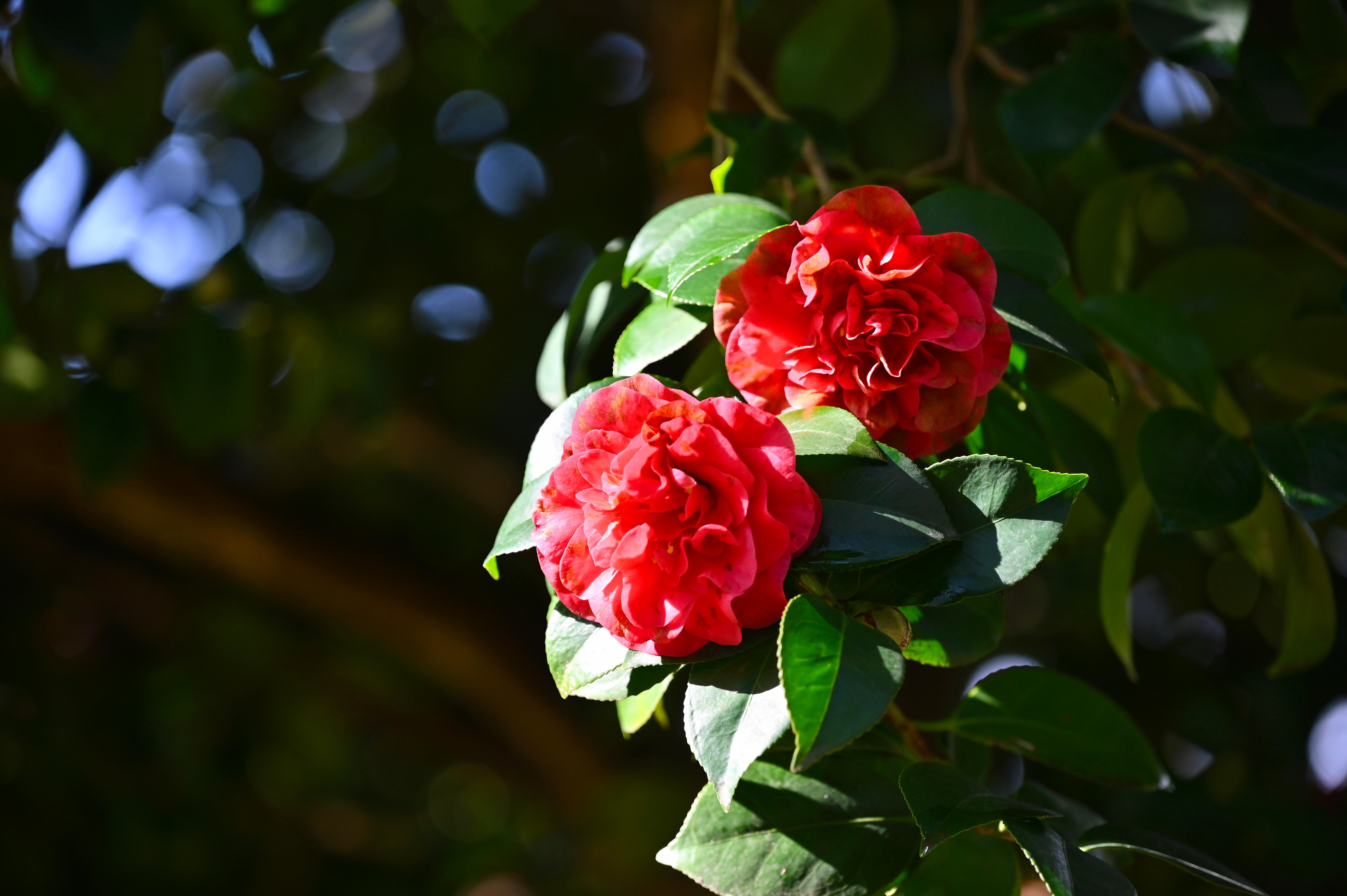
© Rui Meireles
Inner journey through the flower
The charm of camellias is not just in their resilience or their vibrant colours. For Alcide, it's something deeper. In his workshops, he challenges participants to slow down, to realise that silence is part of beauty. ‘When you look at a camellia, even a simple flower, you're forced to stop. And that's already a poetic gesture.’ Perhaps that's why the architect was seduced by Ikebana, the Japanese art of flower arranging. ‘Ikebana is called ‘the way of flowers’. It's an ancient practice that connects the human heart to the heart of the plant.’ In his workshops, Alcide tries to pass on this philosophy, but he notices a cultural difference: ‘People are in such a hurry to put the flowers in quickly to get to the end result. But that's not what Ikebana is; it's balance, it's emptiness, and emptiness is difficult for us Westerners to accept. And balance doesn't mean symmetry either; on the contrary, balance is often asymmetrical.’
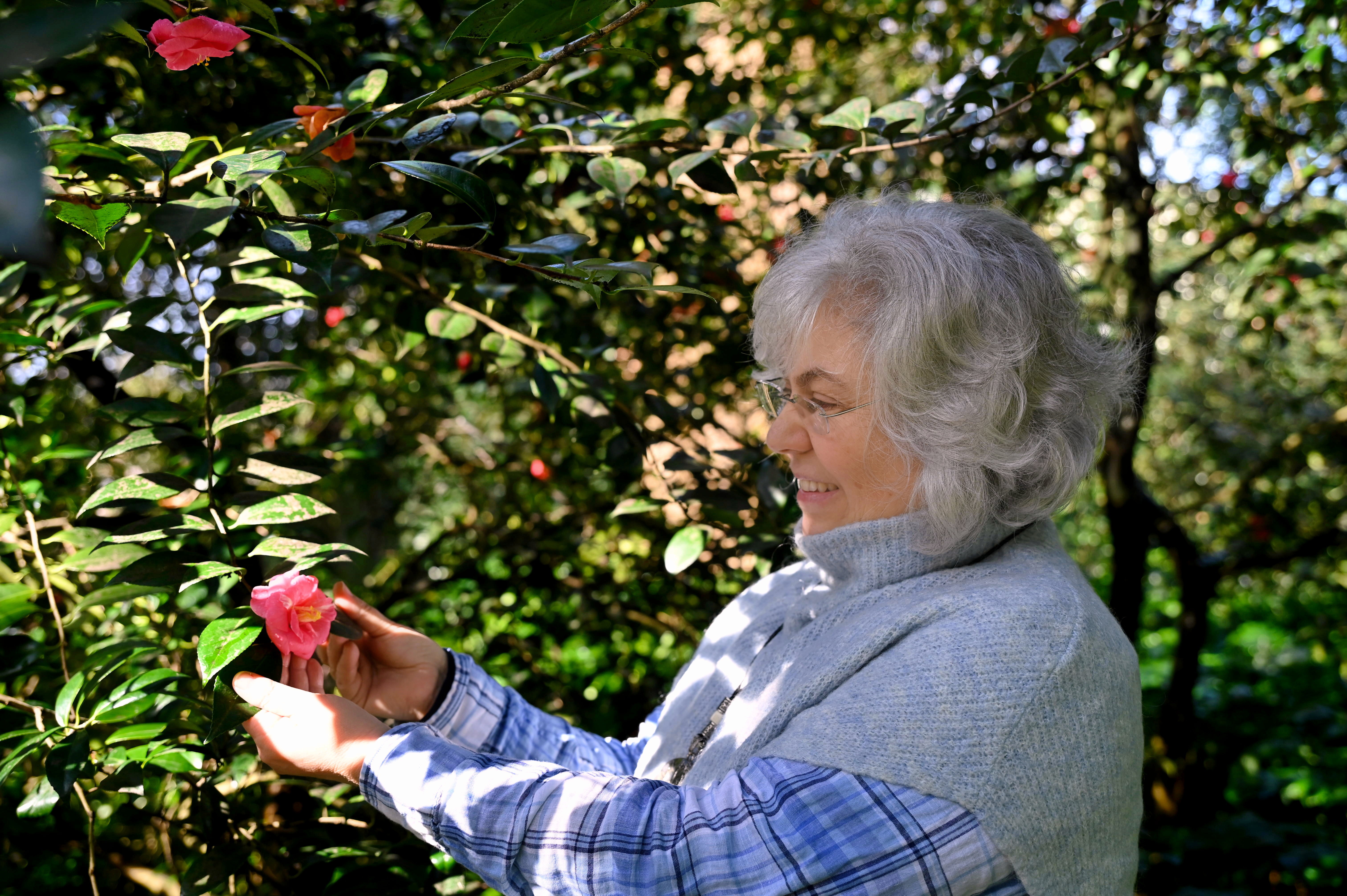
© Rui Meireles
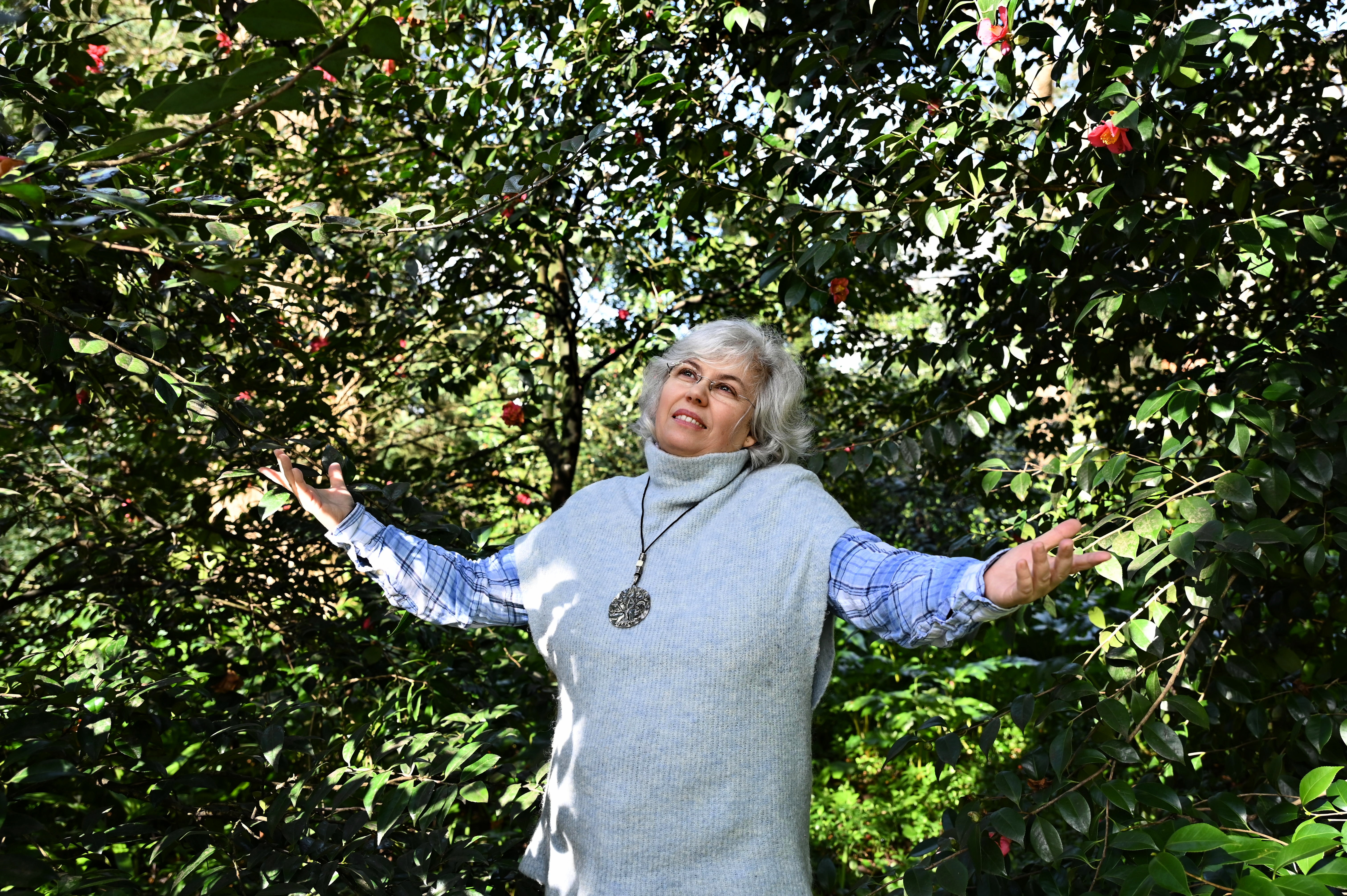
© Rui Meireles
The city's flowery paths
For Alcide, guiding routes around the city is more than just showing places - it's revealing secrets. ‘A tree is not static. Even without wind, it moves, grows, adapts and seeks out the light. And we can see this in the trunks, in the direction of the branches, in the way the plant adjusts to the space around it.
‘ On the walks he leads, participants discover more than botany. ‘We remind people of the importance of these spaces, because trees are not just trees; they are witnesses to time, they are points of reference in our lives.’
Alcide wants to continue publicising this heritage, reminding us that in Porto, the camellia is more than just a flower - it's a living heritage. ‘My aim is to get people to know and appreciate these incredible flowers. Because what is beautiful deserves to be celebrated.’
Share
FB
X
WA
LINK
Relacionados


